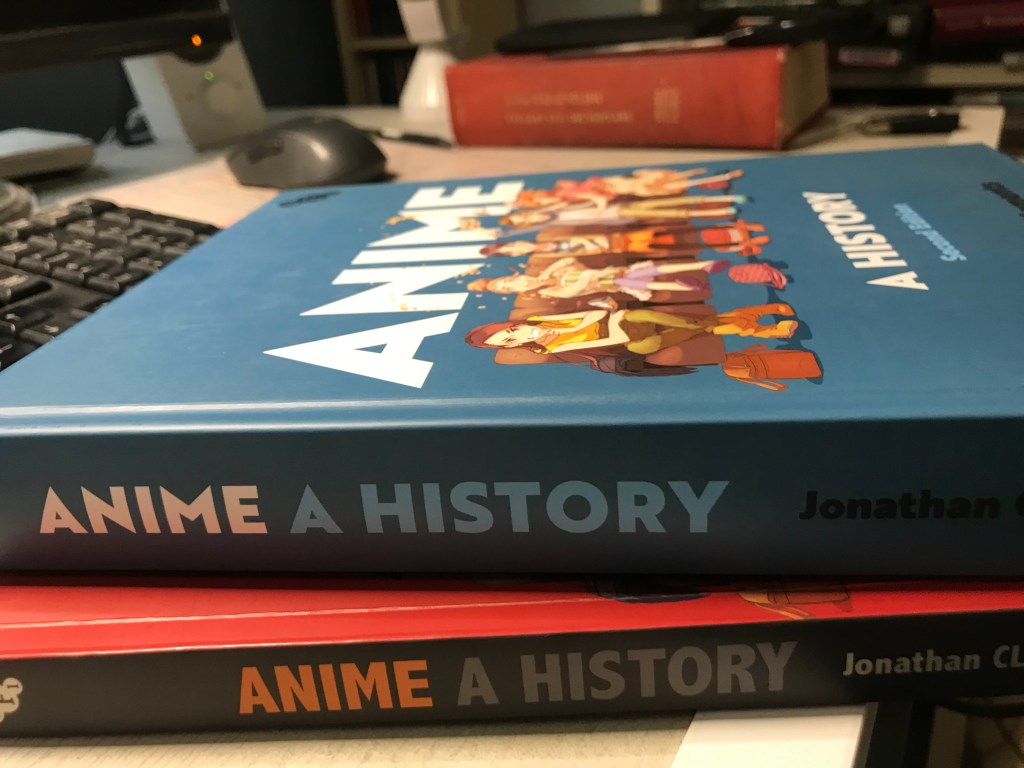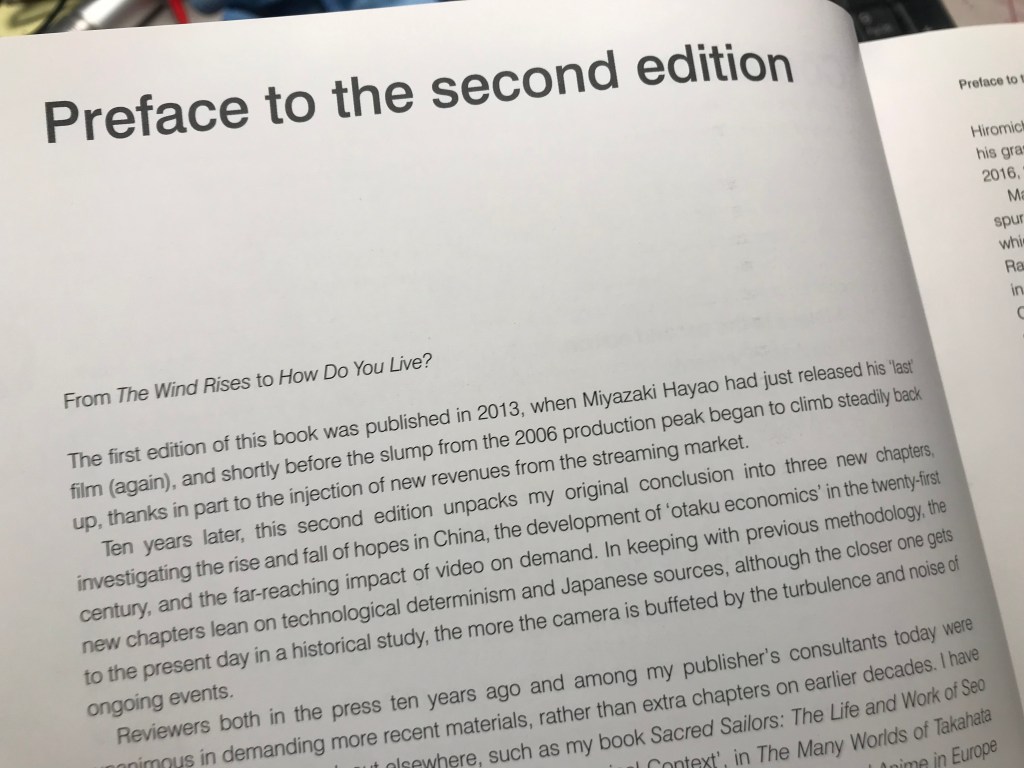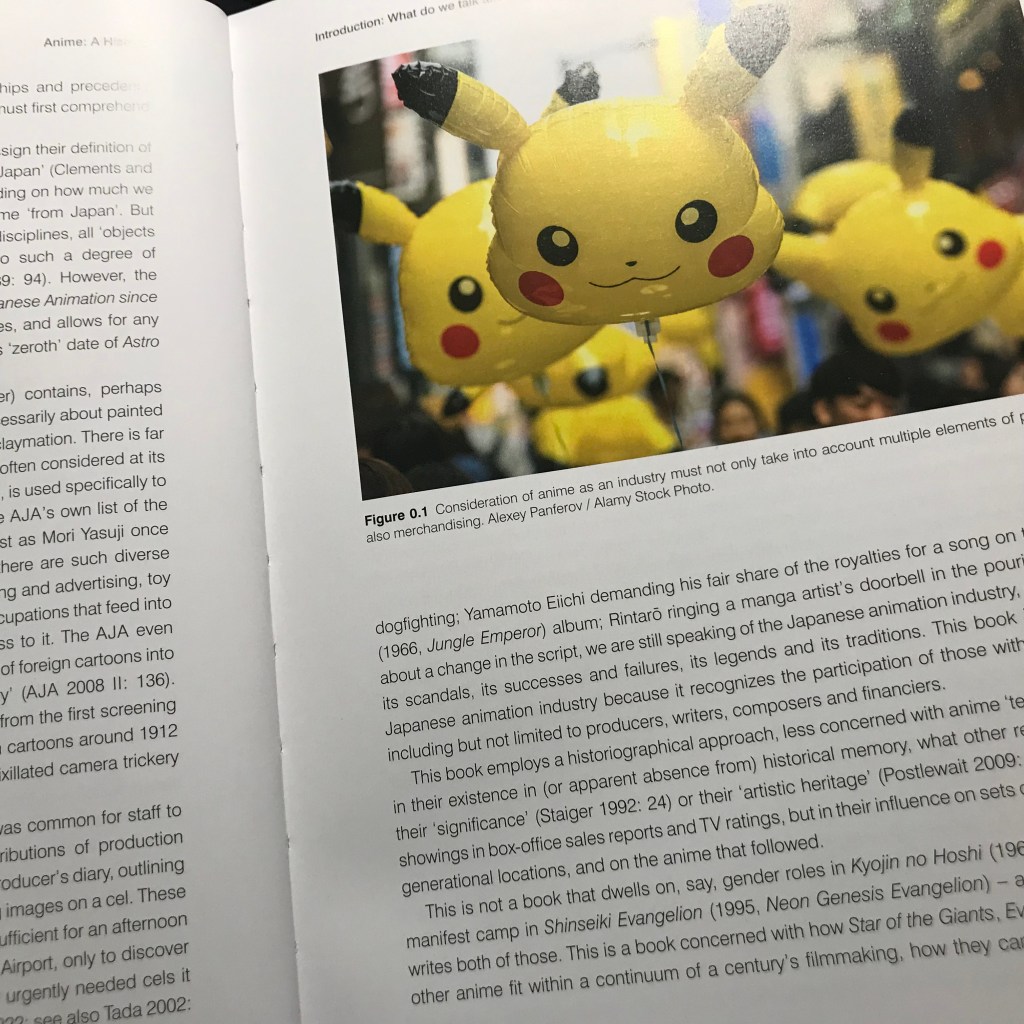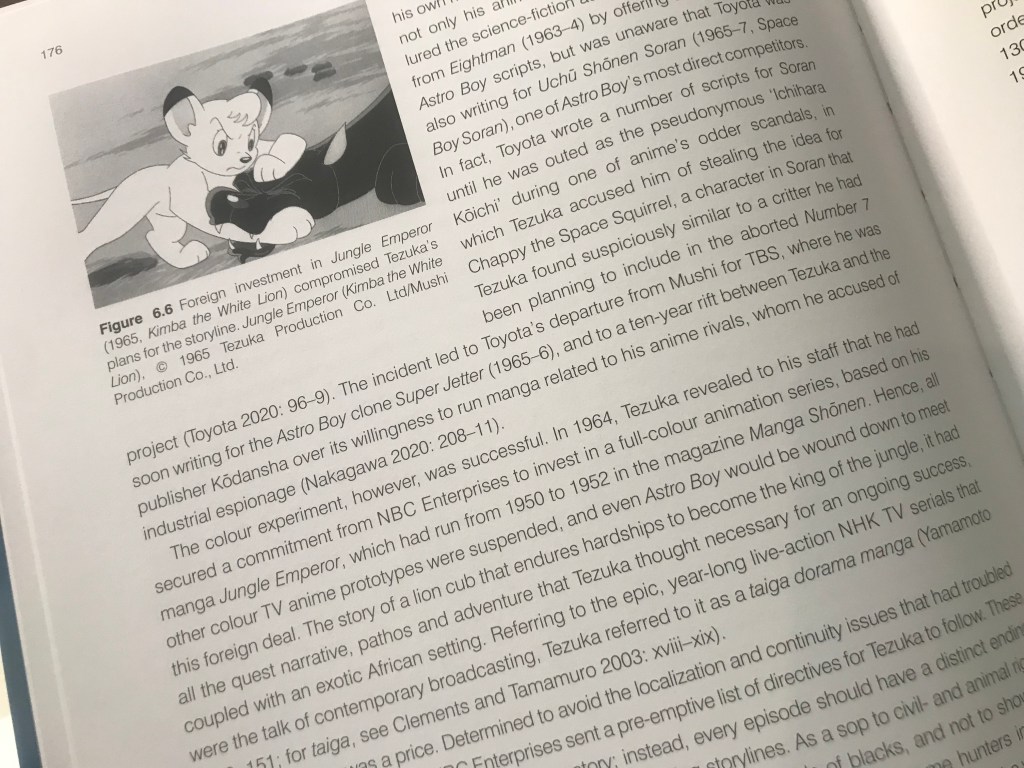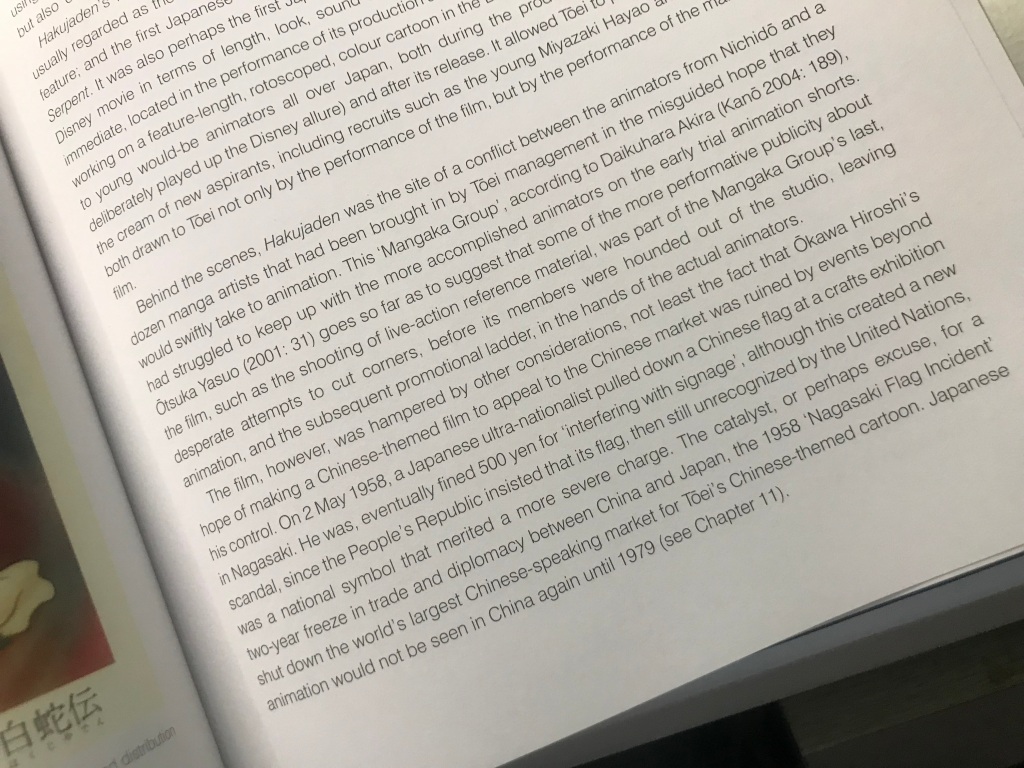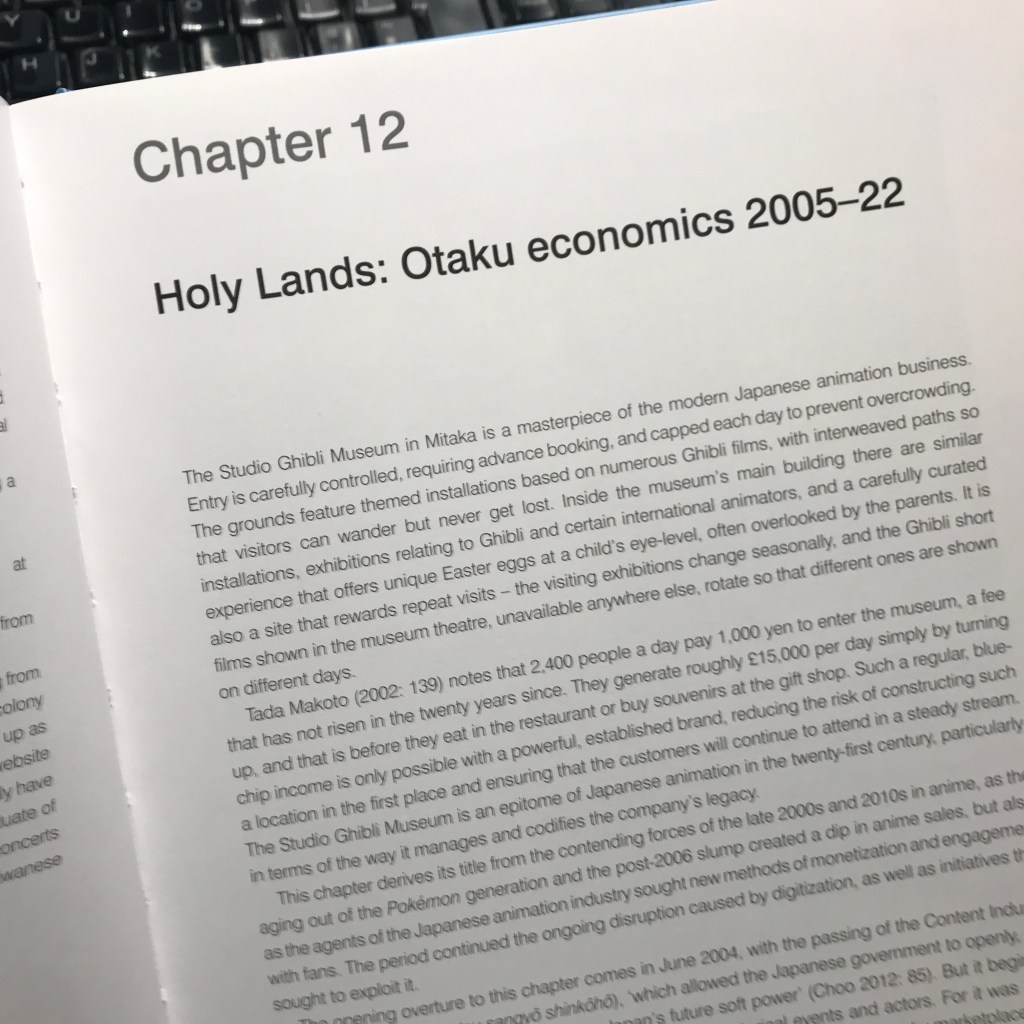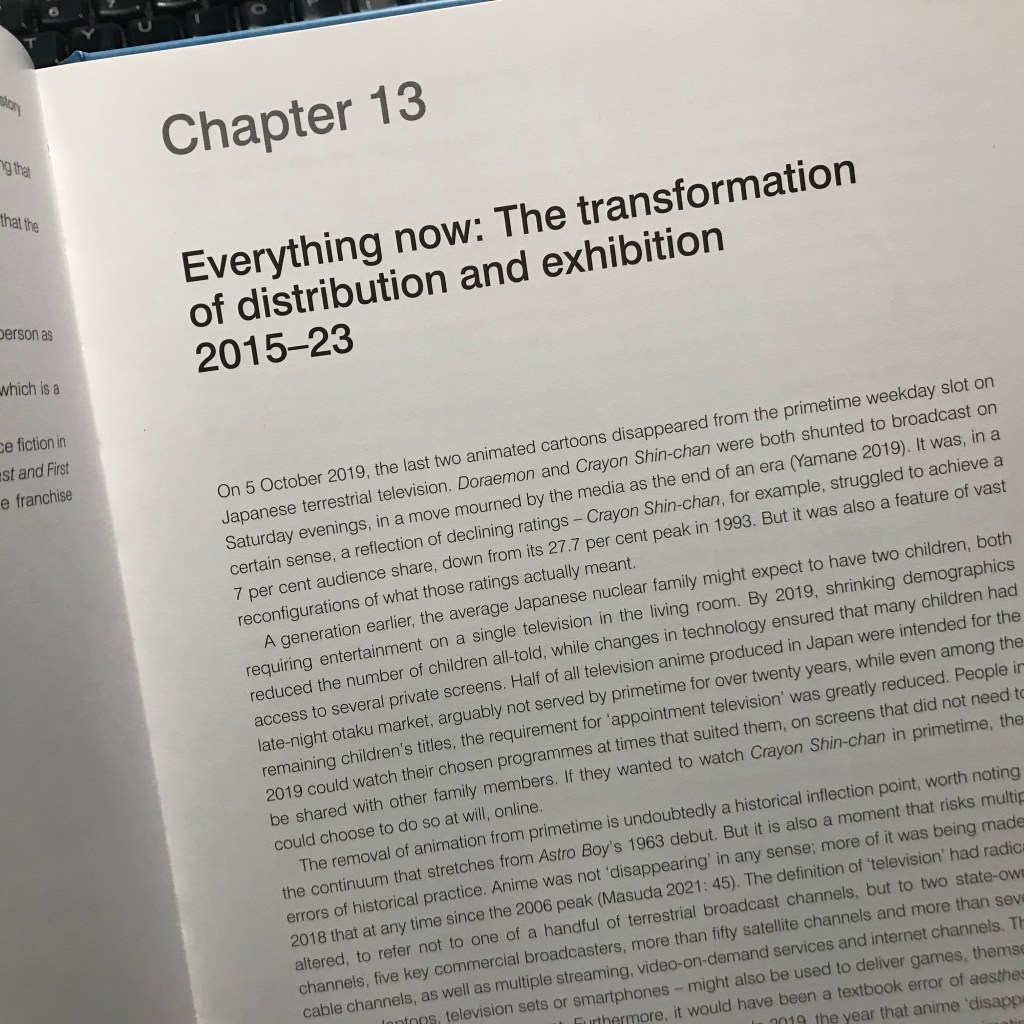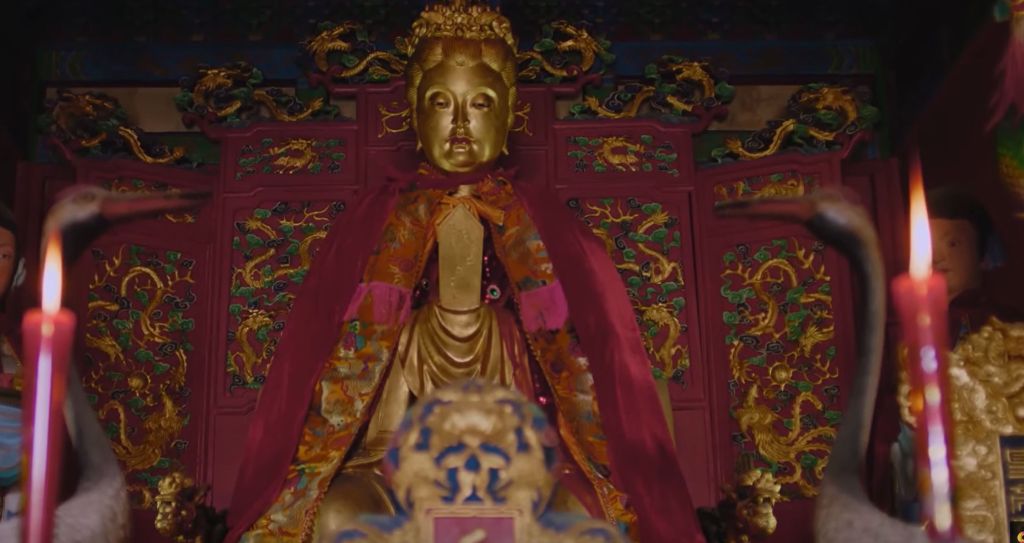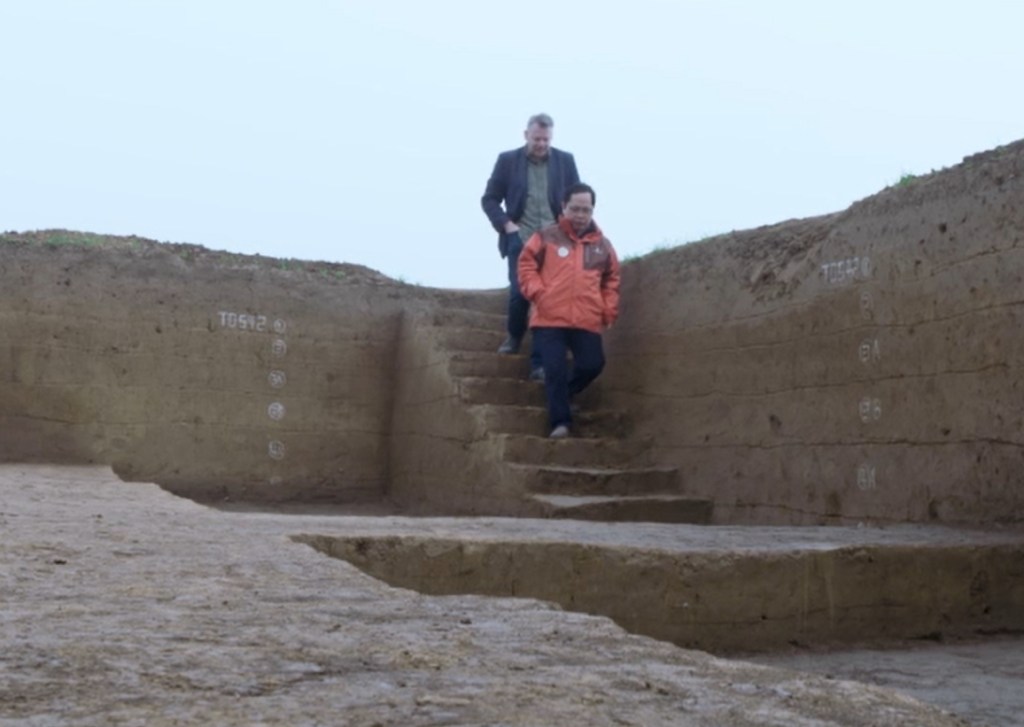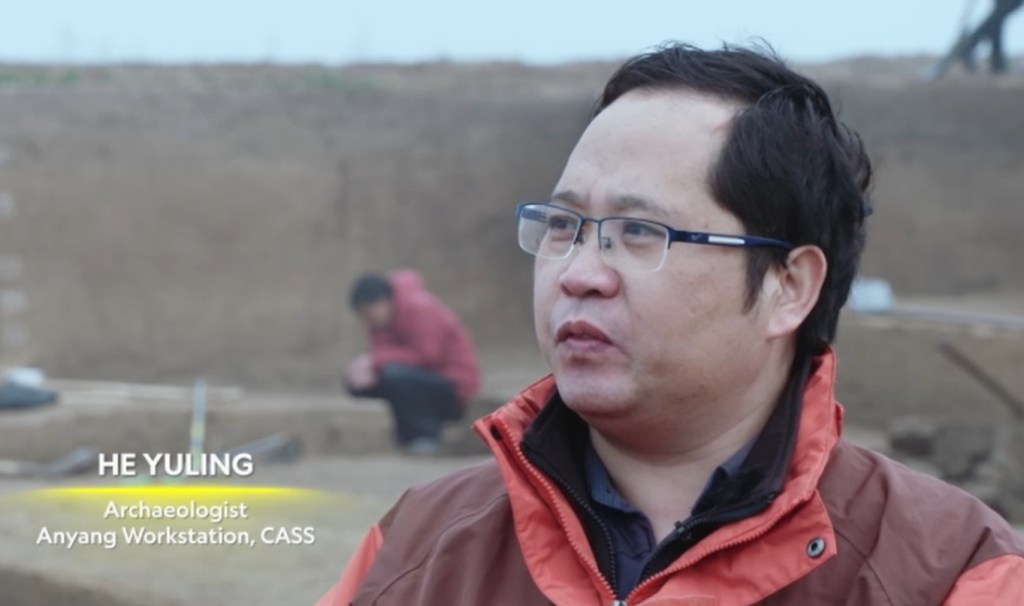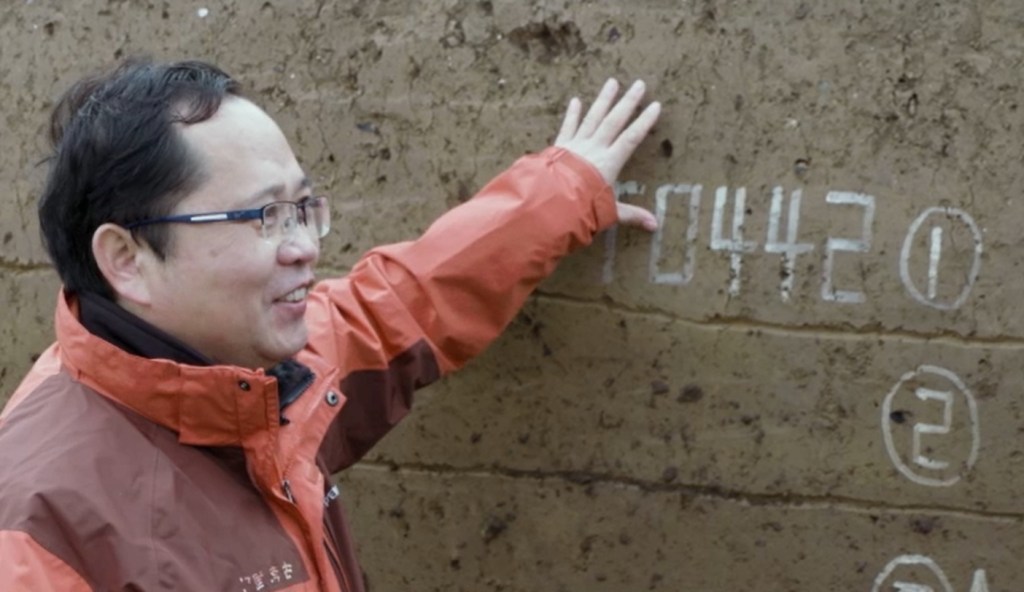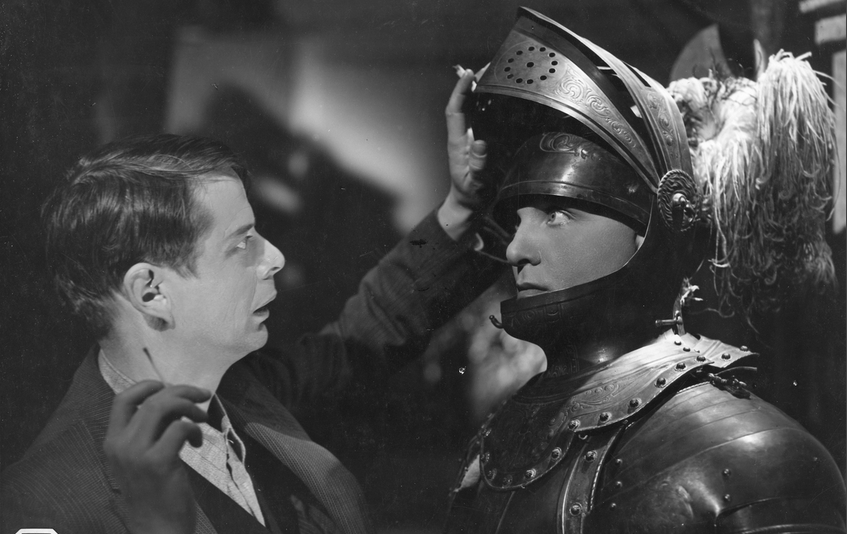
On his way to the engineers’ club masquerade ball, Volmari (Leo Lahteenmäki) wanders into a deserted museum and is locked inside. Spooking the janitor, he escapes into the street wearing a suit of armour, where he is arrested by the police, who think he is Armand (Lauri Kyöstilä), a trumpet player from the circus, who is out on a drunken binge while also inexplicably wearing a suit of armour.
Purportedly “high” jinks ensue, as a man in a suit of armour who may or may not be Volmari, cavorts on the dancefloor with Volmari’s would-be girlfriend Raili (Laila Rihte), only to be fondled by Bertha (Siiri Angerkoski), the circus’s singer, who wants “Armand” for herself. The armour turns into the film’s McGuffin, with Armand brow-beaten into handing his own suit “back” to the museum, while Volmari has to buy his own suit back to sneak it back into the museum, only to freak out when he finds Armand’s suit has already been “returned” in its place.

This blog has noted before how unfunny the “comedies” of Agapetus can be, and it seems that the Finns were finally bold enough to mention this themselves. Leading man Lahteenmäki himself would later describe it as a childish “emergency” project designed to fill cinemas in wartime, and Toini Aaltonen in Suomen Sosiaaldemokraati archly praised Suomen Filmiteollisuus for “adding to the number of bad Finnish films.” Olavi Vesterdahl in Aamulehti warned that Finnish cinema might be approaching an unsustainable tipping point of disappointed audiences, and that Tottinen Torvensoittaja was so bad it was almost impossible to review, “a pointless, aimless meander, with a hard-to-see plot and almost nothing worth watching.” The press reserved particular ire for the closing dream sequence, which numerous journalists familiar with the original 1933 novel correctly identified as nothing but filler designed to bulk out a script that had jettisoned an earlier part of the story – a boat trip that was presumably discarded due to the likely expense.
When shown on Finnish television in 1992, Antti Lindkvist in Katso magazine derided it as “a completely thoughtless car-crash that belongs among the weakest products of Finnish cinema.” Yes, Antti, but did you like it?
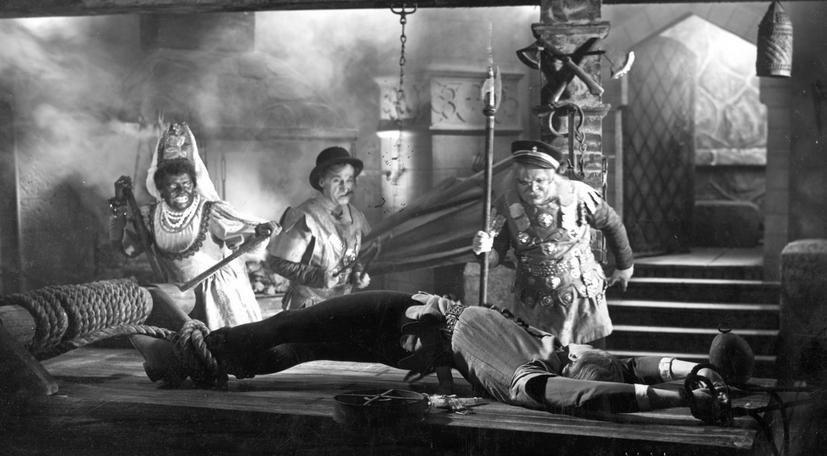
Remarkably, none of the reviewers seem to have mentioned the thing that renders this film truly toxic to modern audiences. The use of the term “black” (mustalainen) to mean “gipsy” in Finnish also rather obscures what I suspect to be the real reason for the absence of this film from the online Elonet repository – Siiri Angerkoski is not playing a gipsy, but a negro singer in outrageous blackface make-up, which might have been all right in Finland in 1941, but cause for torches and pitchforks outside the cinema today.
This is the last Finnish film to bear the name of Kaarlo Kartio in the credits; he was supposed to play Armand, but died before filming could commence, although presumably the credits were already printed and nobody could be bothered to change them.
Jonathan Clements is the author of A Short History of Finland. He is watching all the Finnish films, so you don’t have to.


